With just two days to go until the dramatic US presidential election, pundits are trying to understand and analyze the potential foreign policy platforms of both major candidates. Vice President Kamala Harris and former President Donald Trump are each seeking to portray the other as “weak on China” in an effort to outmaneuver the opposition.
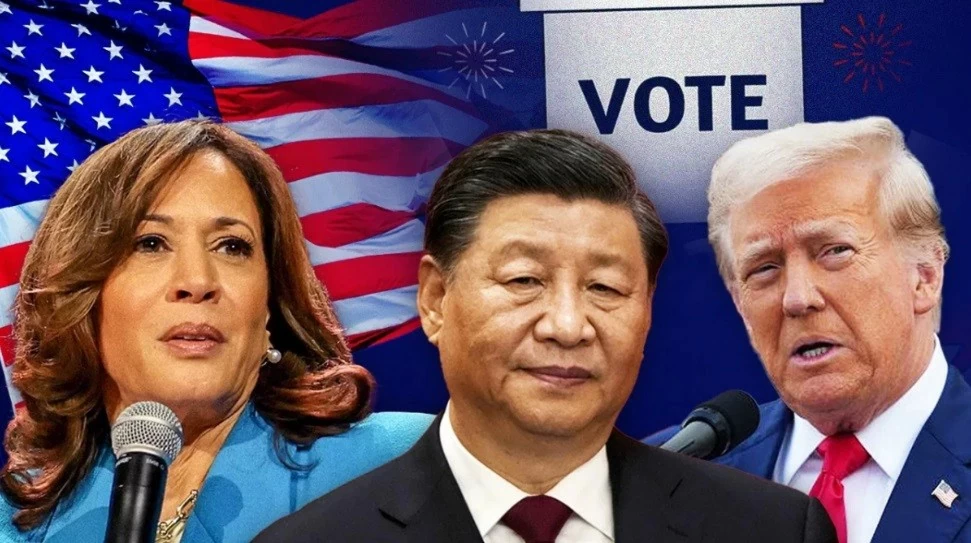 |
| Vice President Kamala Harris and former President Donald Trump are seeking to portray the other as "weak against China." (Source: US Informal Newz) |
Mr. Trump called for a 60% tariff on all imports from China, citing global financial markets that have yet to recover from the Covid-19 pandemic and are struggling to adjust to the decoupling between Washington and Beijing in many important technology areas.
Ms. Harris again emphasized that her goal when becoming the new President will be to "ensure that America wins the competition in the 21st century".
For some commentators who closely follow Asia, there will be little difference between the two presidential candidates. Both Mr. Trump and Ms. Harris, after all, promote American power and agree that the world’s largest economy is locked in a zero-sum competition with China.
In fact, there are two hard truths that Democrats and Republicans must accept if they are to build a lasting Asia strategy: First, America will no longer enjoy unparalleled status as the world’s sole superpower. Second , China’s capabilities are no longer viewed with suspicion globally.
By most objective measures, Washington's position in Asia is likely to be more secure by the end of 2024 than it was in 2020.
Specifically, the Biden administration has now been granted access to nine military bases in the Philippines - part of the Enhanced Defense Cooperation Agreement (EDCA) signed in 2014. In 2023, the US established a new triangle with two traditional allies in Northeast Asia, Japan and South Korea, and completed the upgrade of the Strategic Partnership with Vietnam.
However, despite Washington's remarkable strides in recent times, the decline in the influence of the world's number one superpower in the Asian region is forecast to be worrying.
By continuing to adopt a strategy of implicitly acknowledging global leadership while distancing itself from the evolving regional economic structure by refusing to participate in free trade agreements, the US is gradually losing influence in the largest continent on the planet.
The Biden administration’s lack of attention and inconsistency is to blame for the current situation, and it can be fixed – but time is running out.
While US policymakers frequently emphasize that Washington is the largest foreign direct investor in Southeast Asia, this is only true when looking at total investment stocks. According to new data from the Lowy Institute for International Policy, over the past decade, China has invested significantly more in the region than the US ($218 billion versus $158 billion).
Analysts say the next administration, whether Democratic or Republican, has the opportunity to reshape Washington’s Asia policy to meet the need for a more active and balanced US role in the region. Accordingly, the next occupant of the White House should consider three principles to achieve the right balance:
First, Asian countries want a more moderate and sustainable US presence, based not only on security partnerships and military bases but also on the ability to provide necessary resources such as economic investment and development finance to meet the needs of the region's rapidly growing middle class.
Asia's middle class is expected to grow to 3.5 billion by 2030, making it the world's largest. A 2019 report by the Asian Development Bank (ADB) estimated that infrastructure needs in developing countries in the Indo-Pacific will reach $1.7 trillion a year through 2030 when climate change adaptation is taken into account.
Yet, according to a recent study, official development finance for Southeast Asia in 2022 was at its lowest level since 2015 in real terms.
Second , the United States does not need to be the most powerful country to be able to contribute positively to the regional order. Washington policymakers are still building regional strategy based on the assumption that the United States is still the number one country in the world and is not challenged in Asia. However, this is an unrealistic goal.
A foreign policy based on sovereignty is said to waste scarce resources and put pressure on policymakers, especially at a time when American voters are most concerned about the "health" of the economy and health care.
Ultimately , Asian countries do not want to be forced to choose between the two superpowers, China and the United States. China has always been the leading economic partner of Asian countries and this will continue to be affirmed and maintained.
Given the constraints on his power and influence, the new US President must recognize the value of US alliances and partnerships around the globe; continue to empower partners and allies who are willing to play a constructive role in maintaining the rules-based international order.
Yet neither side shows any signs of abandoning its current trajectory – which prioritizes competition with China at all costs with the vague goal of winning this strategic competition.
While foreign policy has never been a priority issue in any US election, it ranks relatively high on the list of concerns for voters in this country: 62% of all voters said foreign policy played a very important role in deciding who to vote for (70% of Trump supporters and 54% of Harris supporters).
Both Mr. Trump and Ms. Harris want to position themselves as candidates of “change,” and change is exactly what America’s future Asia strategy needs. The election offers a valuable opportunity to reimagine Washington’s goals in the context of 21st-century global realities.
Source: https://baoquocte.vn/pregnant-my-pregnant-before-the-disease-of-china-van-gia-tang-suc-anh-huong-chien-luoc-chau-a-se-duoc-dinh-hinh-ra-sao-292375.html



![[Photo] General Secretary To Lam receives Vice President of Luxshare-ICT Group (China)](https://vphoto.vietnam.vn/thumb/1200x675/vietnam/resource/IMAGE/2025/11/15/1763211137119_a1-bnd-7809-8939-jpg.webp)

![[Photo] Prime Minister Pham Minh Chinh meets with representatives of outstanding teachers](https://vphoto.vietnam.vn/thumb/1200x675/vietnam/resource/IMAGE/2025/11/15/1763215934276_dsc-0578-jpg.webp)
![[Photo] Panorama of the 2025 Community Action Awards Final Round](https://vphoto.vietnam.vn/thumb/1200x675/vietnam/resource/IMAGE/2025/11/15/1763206932975_chi-7868-jpg.webp)

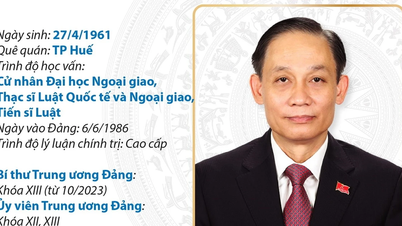

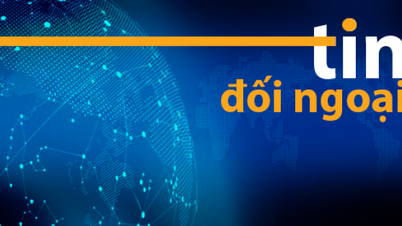
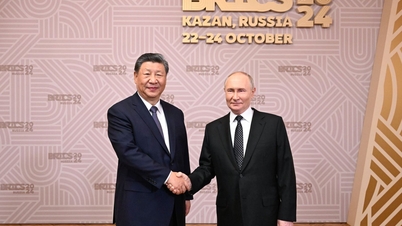

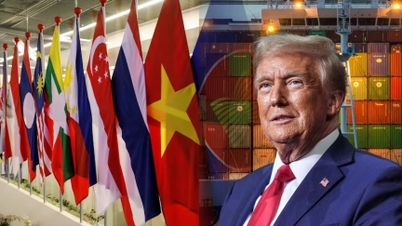












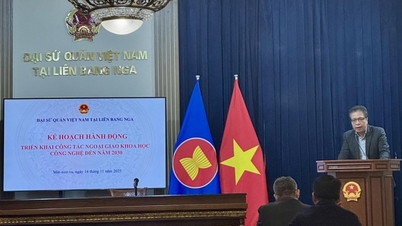
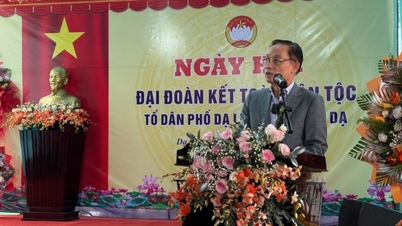
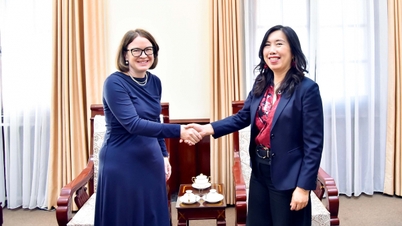

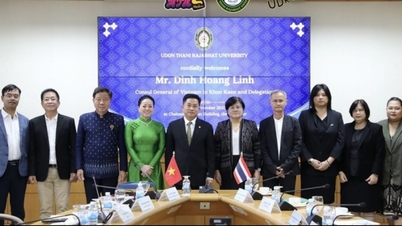
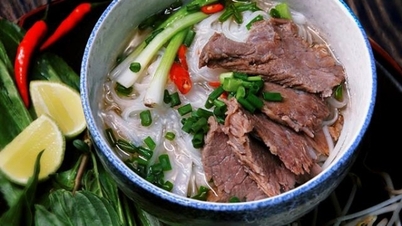
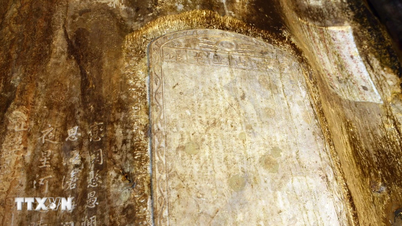




























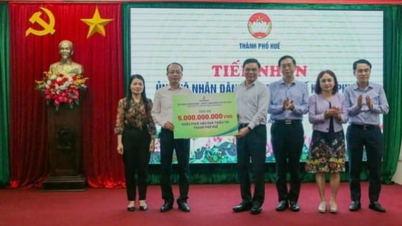





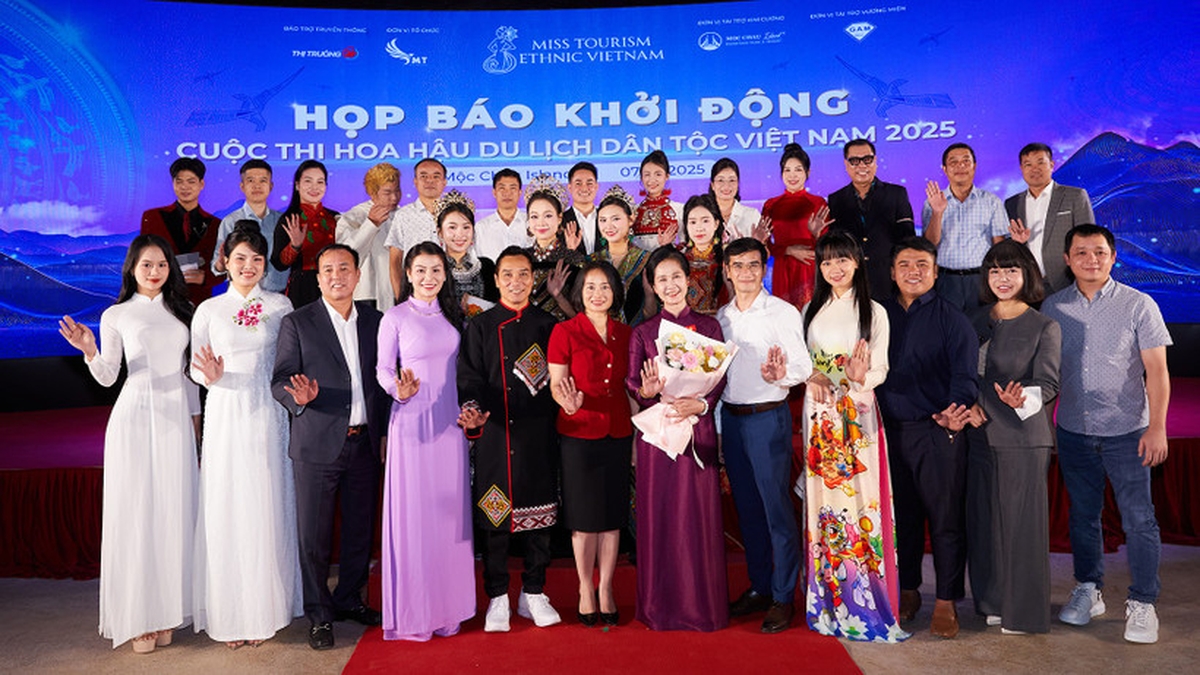



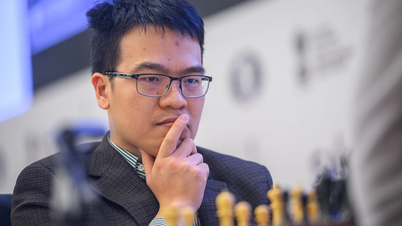



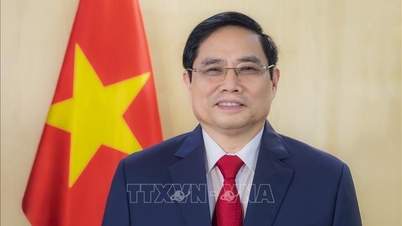





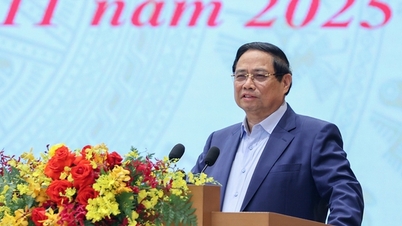
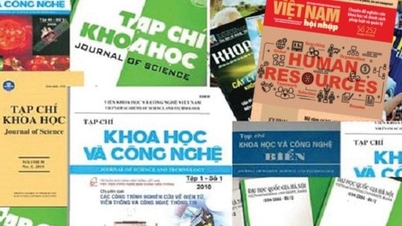
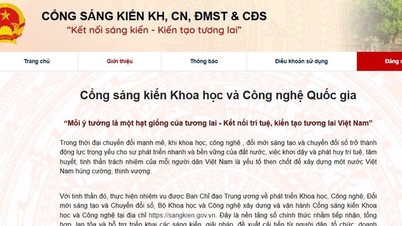




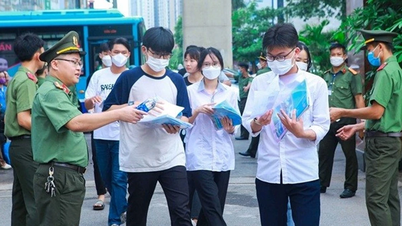



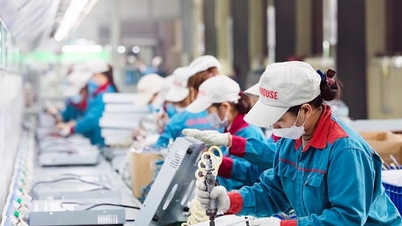












Comment (0)